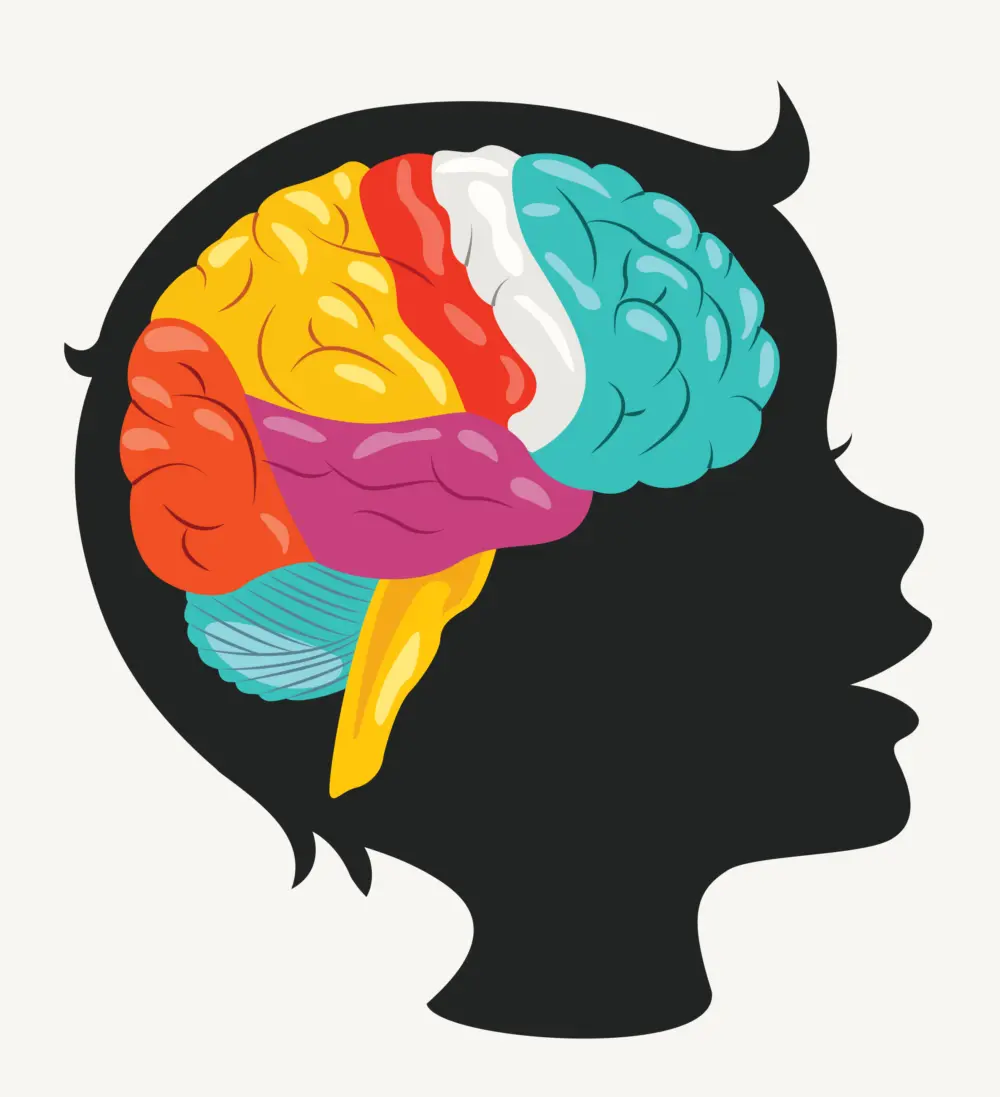Disability is a concept that extends beyond physical impairments, encompassing a range of conditions that can impact a person’s ability to participate fully in society. In this article, we will delve into the various models and approaches to understanding disability, shedding light on the evolving perspectives that shape our perception of individuals with disabilities.
Medical Model
The traditional medical model views disability as a result of individual impairments or health conditions. It focuses on diagnosing and treating the physical or mental aspects of a person’s disability. Critics argue that this model can lead to a stigmatizing view, emphasizing what individuals cannot do rather than focusing on their abilities.
Social Model
In contrast, the social model emphasizes the role of societal barriers in contributing to disability. It posits that it is not the individual’s impairment that hinders participation but the inaccessible environments, discriminatory attitudes, and lack of accommodations. This model encourages a shift towards inclusive practices and societal changes to remove obstacles.

Biopsychosocial Model
Combining elements of the medical and social models, the biopsychosocial model takes into account biological, psychological, and social factors when understanding disability. It recognizes the interaction between a person’s health condition, individual experiences, and the societal context, providing a holistic perspective.|
Human Rights Model
The human rights model frames disability as a matter of human rights, emphasizing equal opportunities, dignity, and non-discrimination. It aligns with international conventions such as the United Nations Convention on the Rights of Persons with Disabilities, advocating for the full inclusion and participation of individuals with disabilities in all aspects of life.
Capability Model
The capability model, inspired by philosopher Martha Nussbaum, focuses on the individual’s capabilities to lead a flourishing life. It highlights the importance of creating conditions that enable people with disabilities to develop their full potential, emphasizing their right to pursue a meaningful and fulfilling life.
Identity-First vs. Person-First Language:
An ongoing debate surrounds the use of language when referring to individuals with disabilities. Identity-first language, such as “disabled person,” is embraced by some disability communities, emphasizing the integral part of disability in their identity. Person-first language, like “person with a disability,” aims to put the person before the condition, recognizing their humanity first.
Conclusion
Understanding disability involves acknowledging the complexity of individual experiences and the broader societal context. As we explore various models and approaches, it becomes evident that embracing inclusivity, dismantling barriers, and recognizing the inherent worth and capabilities of individuals with disabilities are crucial steps towards building a more equitable and compassionate society.
Ready to begin? Start your online therapy journey today. Book your first session now.




